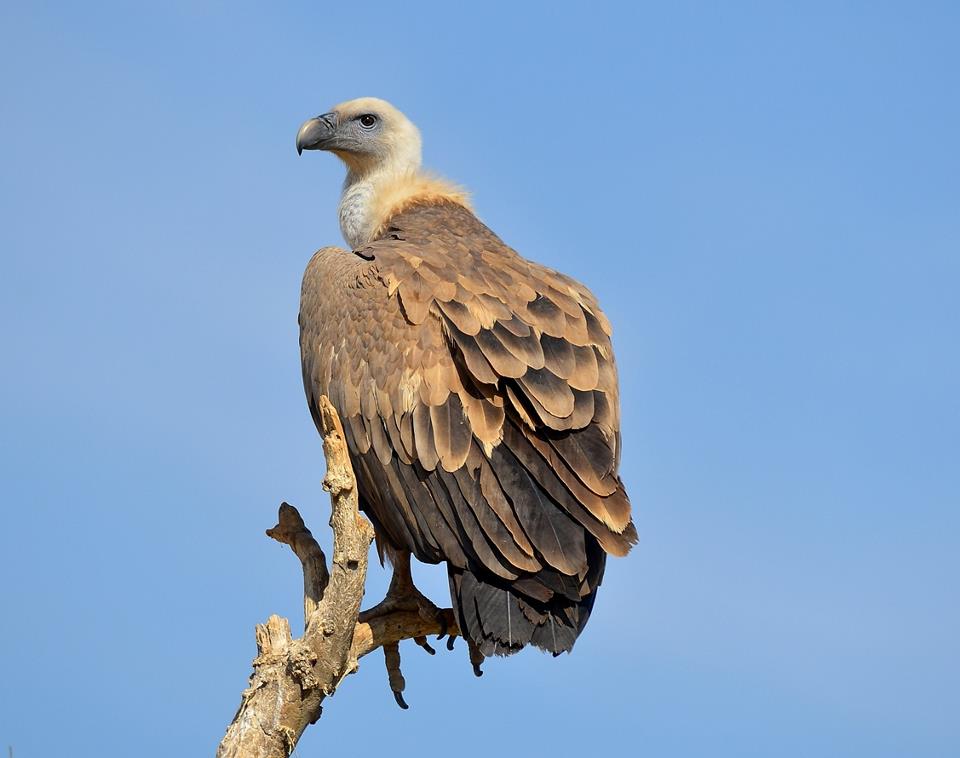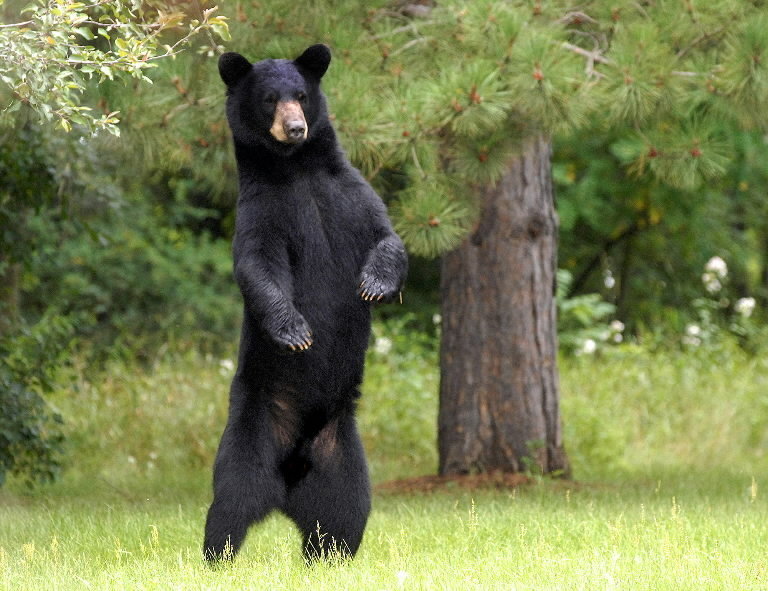Management feeding, also known as supplemental feeding is used to redirect or relocate animals to another area away from human civilization, or to increase the survival of animals. Although management feeding may be beneficial for humans and some animal populations, it may harm the animals over time due to poor nutritional quality from supplemental food or unsuitable relocation of the animals. Supplemental feeding can also be very expensive to manage on a yearly basis.
Examples of Management Feeding:
 Research on the foraging movements of Eurasian griffon vultures, for example, was conducted after an outbreak of bovine spongiform encephalopathy forced farmers to remove their livestock carcasses from the wild, which led to a serious decline in breeding of these vultures and increased mortality of young vultures. Supplementary feeding was used to improve the breeding rates and survival of the griffon vultures.
Research on the foraging movements of Eurasian griffon vultures, for example, was conducted after an outbreak of bovine spongiform encephalopathy forced farmers to remove their livestock carcasses from the wild, which led to a serious decline in breeding of these vultures and increased mortality of young vultures. Supplementary feeding was used to improve the breeding rates and survival of the griffon vultures.
 Research on black bears is an example of management feeding to divert animal behaviours. During the time that black bears awaken from hibernation, tree saplings begin to grow; however, they are often damaged or destroyed, as black bears harvest them for food. In a study, researchers trapped black bears to study the effects of feeding them pellets in order to decrease the amount of saplings destroyed. They concluded that the use of supplemental feeding was a worthwhile management option during the spring to reduce tree damage.
Research on black bears is an example of management feeding to divert animal behaviours. During the time that black bears awaken from hibernation, tree saplings begin to grow; however, they are often damaged or destroyed, as black bears harvest them for food. In a study, researchers trapped black bears to study the effects of feeding them pellets in order to decrease the amount of saplings destroyed. They concluded that the use of supplemental feeding was a worthwhile management option during the spring to reduce tree damage.
